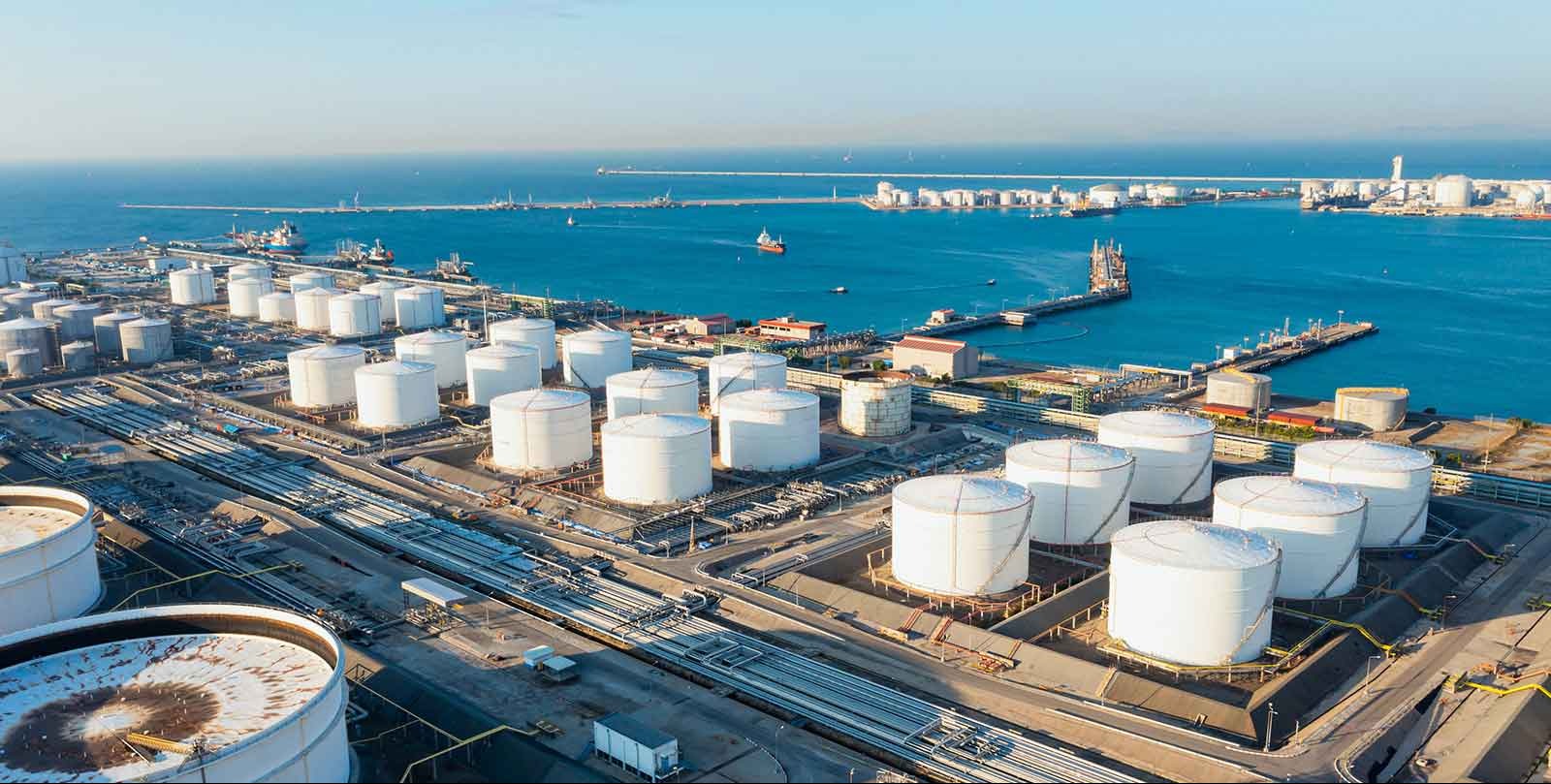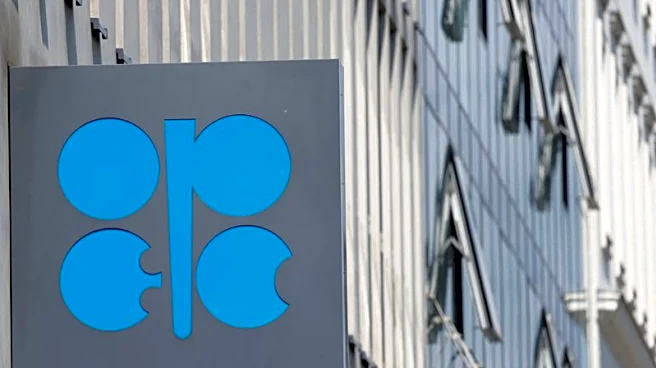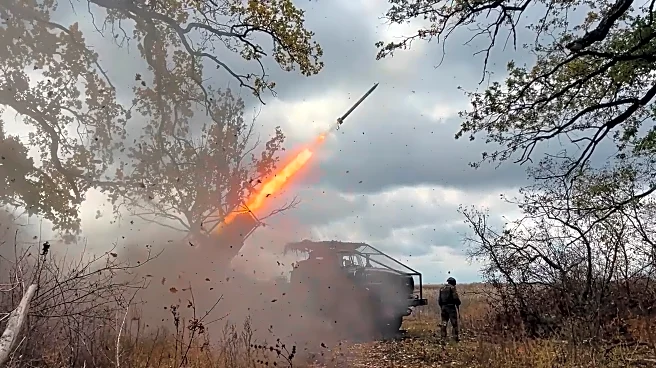What's Happening?
Oil prices remained steady as OPEC+ announced a pause in output increases for the first quarter of 2026. This decision comes amid concerns of a potential oil supply glut and weak factory data in Asia.
Brent crude futures fell slightly, while U.S. West Texas Intermediate crude also saw a minor decrease. OPEC+ had previously agreed to a small output increase in December. Analysts highlight that Russia remains a significant supply variable due to U.S. sanctions on Rosneft and Lukoil, as well as recent attacks on Russian energy infrastructure. A Ukrainian drone attack on the Tuapse oil port in Russia further complicates the supply situation.
Why It's Important?
The decision by OPEC+ to pause output increases is significant as it reflects the group's cautious approach to managing oil prices amid a forecasted surplus. The move is seen as a response to market conditions, aiming to prevent a drastic drop in oil prices. The sanctions on Russian oil producers and the recent attack on Russian infrastructure add uncertainty to the global oil supply, potentially impacting prices and market stability. This situation affects global energy markets, with potential implications for energy prices and economic conditions worldwide.
What's Next?
The market will closely monitor the impact of OPEC+'s decision on oil prices and supply dynamics. Analysts and traders will watch for any further disruptions in Russian oil supply due to geopolitical tensions and sanctions. The response from major oil-consuming regions, particularly in Asia, will also be critical in determining future market trends. Additionally, the upcoming OPEC+ meetings and any changes in production strategies will be pivotal in shaping the oil market landscape.













